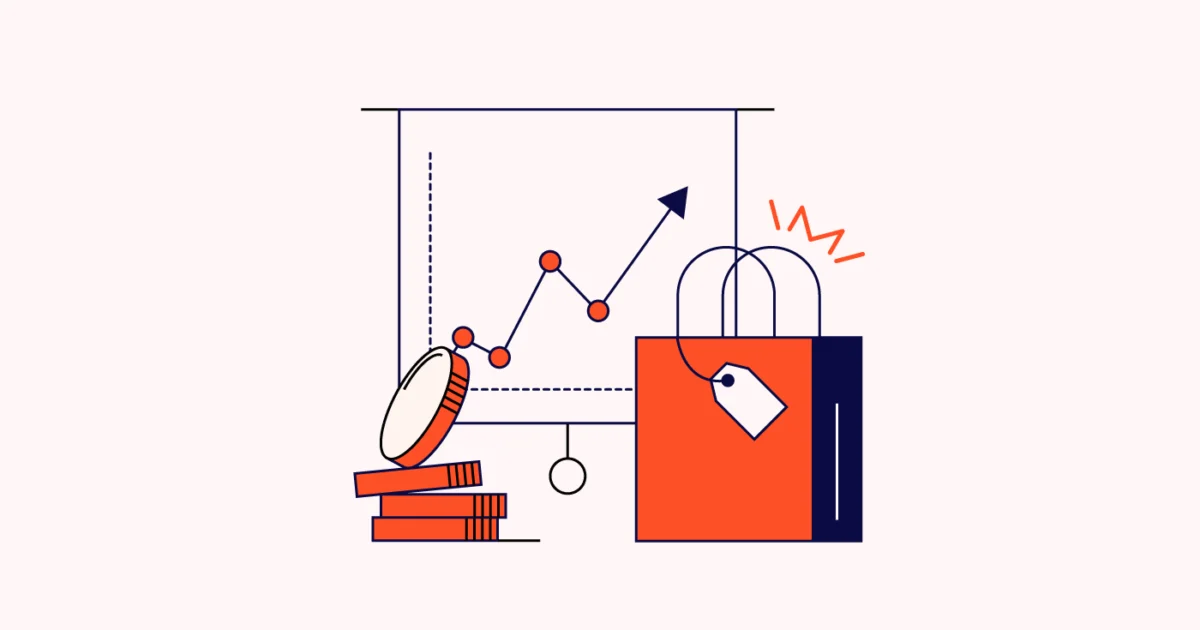Salesforce has become a cornerstone CRM for organizations seeking predictable revenue growth, streamlined operations, and improved customer relationships. However, many companies never unlock its full potential because their implementation, workflows, or user practices remain under-optimized. To maximize value, businesses must continuously refine how Salesforce is configured and used across sales teams. This is where strategic optimization—supported by seasoned professionals—plays a decisive role.
Below are the most effective Salesforce optimization tips to boost sales performance, improve productivity, and enable smarter decision-making.
1. Conduct a Comprehensive Salesforce Health Assessment
Before making any improvements, organizations need to establish a clear understanding of their current Salesforce environment. A detailed health assessment reveals gaps, unused features, data quality issues, and process bottlenecks that may be slowing teams down.
What to Focus On:
- Review system configuration and automation rules.
- Identify redundant custom objects, fields, and workflows.
- Analyze user adoption and login activity.
- Evaluate security models and role hierarchies.
- Benchmark data hygiene and system load.
Salesforce experts often begin optimization projects with this step to ensure every improvement aligns with business objectives and resolves root-cause challenges.
2. Improve Data Quality and Enforce Data Governance
Poor data quality is one of the most common reasons sales teams struggle with forecasting, lead prioritization, and customer insights. Dirty, duplicate, or incomplete records can derail even the most sophisticated Salesforce setups.
Key Actions:
- Implement automated duplicate detection and merging.
- Standardize naming conventions and field formats.
- Design mandatory fields for critical sales processes.
- Schedule periodic data cleansing routines.
- Use validation rules to ensure consistent data entry.
Better data directly correlates to better decisions. With clean, structured data, businesses can leverage Salesforce reports and dashboards to improve pipeline visibility and sales accuracy.
3. Automate Manual Sales Tasks With Flows and Process Builder
Sales teams often waste thousands of hours on administrative tasks—logging activities, updating records, and managing follow-ups. Automation within Salesforce eliminates repetitive work and frees reps to focus on selling.
Automation Opportunities Include:
- Lead assignment and routing based on rules.
- Automated email notifications and follow-ups.
- Opportunity stage updates based on defined triggers.
- Automated approvals for pricing and discounts.
- Auto-creation of tasks and reminders during deal progression.
Automation is prioritized because it improves speed-to-lead, ensures consistent sales processes, and reduces the risk of human error.
4. Optimize Lead Management and Lead Scoring
A strong lead management strategy ensures that sales teams engage the right prospects at the right time. Without it, leads fall through the cracks, and revenue leakage becomes inevitable.
Best Practices:
- Define clear lead qualification criteria.
- Use automated lead scoring based on buying intent signals.
- Route high-value leads to senior reps.
- Use Salesforce Einstein Lead Scoring (if enabled) for AI-driven insights.
- Build dashboards to track lead conversion performance.
When optimized correctly, Salesforce becomes a powerful engine for identifying and prioritizing the opportunities most likely to convert.
5. Enhance Sales Forecasting With Custom Dashboards and Analytics
Accurate forecasting is essential for growth planning, performance management, and resource allocation. Many organizations underestimate Salesforce’s native analytics capabilities.
Insights to Track:
- Current pipeline by stage and probability.
- Sales rep performance and quota achievement.
- Win/loss trends and conversion ratios.
- Average sales cycle duration.
- Revenue forecasting by region, product, or team.
Custom dashboards tailored to each sales role—executives, managers, and representatives—ensure everyone has real-time visibility into their targets and priorities.
6. Integrate Salesforce With Essential Sales Tools
Disconnected systems slow down sales processes and create data inconsistencies. Integrating Salesforce with your broader tech stack builds a unified workflow that accelerates deal movement.
High-Impact Integrations:
- Marketing automation platforms (Pardot, HubSpot, Marketo)
- ERP or billing systems
- Customer support platforms (Service Cloud, Zendesk)
- Proposal and contract tools (DocuSign, Conga)
- Communication tools (Outlook, Gmail, Slack)
Integrations help eliminate manual data entry, unify customer insights, and ensure teams work within a single source of truth.
7. Streamline Salesforce Page Layouts and User Interface
An overly complex or cluttered UI discourages user adoption. Sales reps need a simple, intuitive layout that allows them to work quickly.
Optimization Tactics:
- Remove unnecessary fields and sections.
- Use dynamic forms to show relevant data based on the record.
- Enable Salesforce Lightning features for faster navigation.
- Customize record pages by role or profile to reduce clutter.
- Add quick actions for common activities.
UI improvements often result in an immediate productivity boost and higher user satisfaction.
8. Leverage AI Tools for Smarter Selling
Salesforce’s AI capabilities—Einstein Activity Capture, Einstein Lead Scoring, Einstein Forecasting—enhance visibility and help sales teams prioritize efforts intelligently.
AI Can:
- Predict deal closures.
- Analyze historical data to improve forecasting.
- Automatically capture emails and calendar interactions.
- Identify high-intent leads.
- Provide next-best-action recommendations.
When combined with clean data and optimized processes, AI becomes a competitive advantage.
9. Strengthen User Adoption Through Training and Ongoing Support
Even the best Salesforce configuration is ineffective if teams do not use it properly. Continuous training ensures that sales reps understand new features, follow standard processes, and maximize the system’s capabilities.
Where Training Helps Most:
- Opportunity management best practices.
- Using dashboards for daily planning.
- Managing tasks and follow-ups efficiently.
- Understanding automation and triggers.
- Updating data accurately and consistently.
Experts often conduct role-specific training sessions to address gaps and ensure long-term adoption.
10. Partner With Experts for Continuous Optimization
Optimization is not a one-time activity; it requires ongoing monitoring, enhancements, and proper governance. Partnering with seasoned specialists provides organizations with deeper technical insight, domain expertise, and strategic direction to ensure long-term success.
Benefits of Expert Support:
- Faster problem resolution
- Scalable and future-proof architecture
- Tailored solutions aligned with business goals
- Improved automation and operational efficiency
- Guidance on new Salesforce releases and features
Organizations that treat Salesforce as a strategic asset—rather than a simple CRM—see higher ROI and predictable revenue growth.
Conclusion
Salesforce optimization is essential for improving sales performance, strengthening pipeline visibility, and increasing operational efficiency. By enhancing data quality, automating workflows, optimizing the UI, boosting lead management, and integrating systems, businesses create a high-performing sales environment. With the strategic support of Salesforce experts from JanBask, these enhancements become even more impactful, scalable, and sustainable.
Effective optimization transforms Salesforce from a basic CRM into a powerful sales engine that drives consistent, measurable business growth—and JanBask helps organizations unlock that full potential.



































